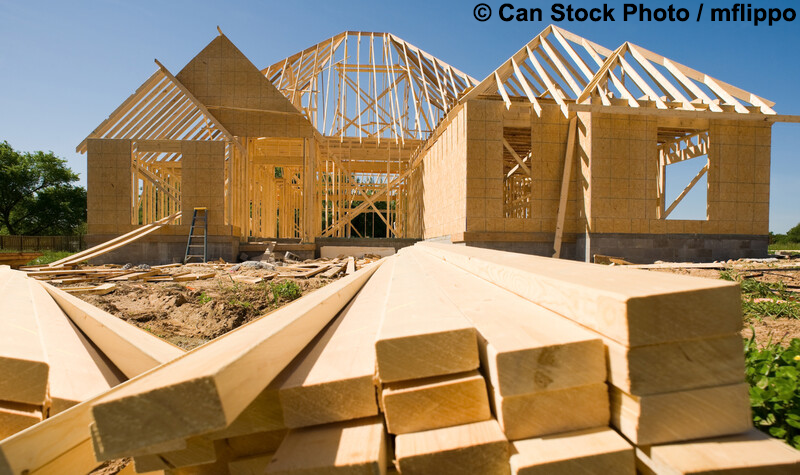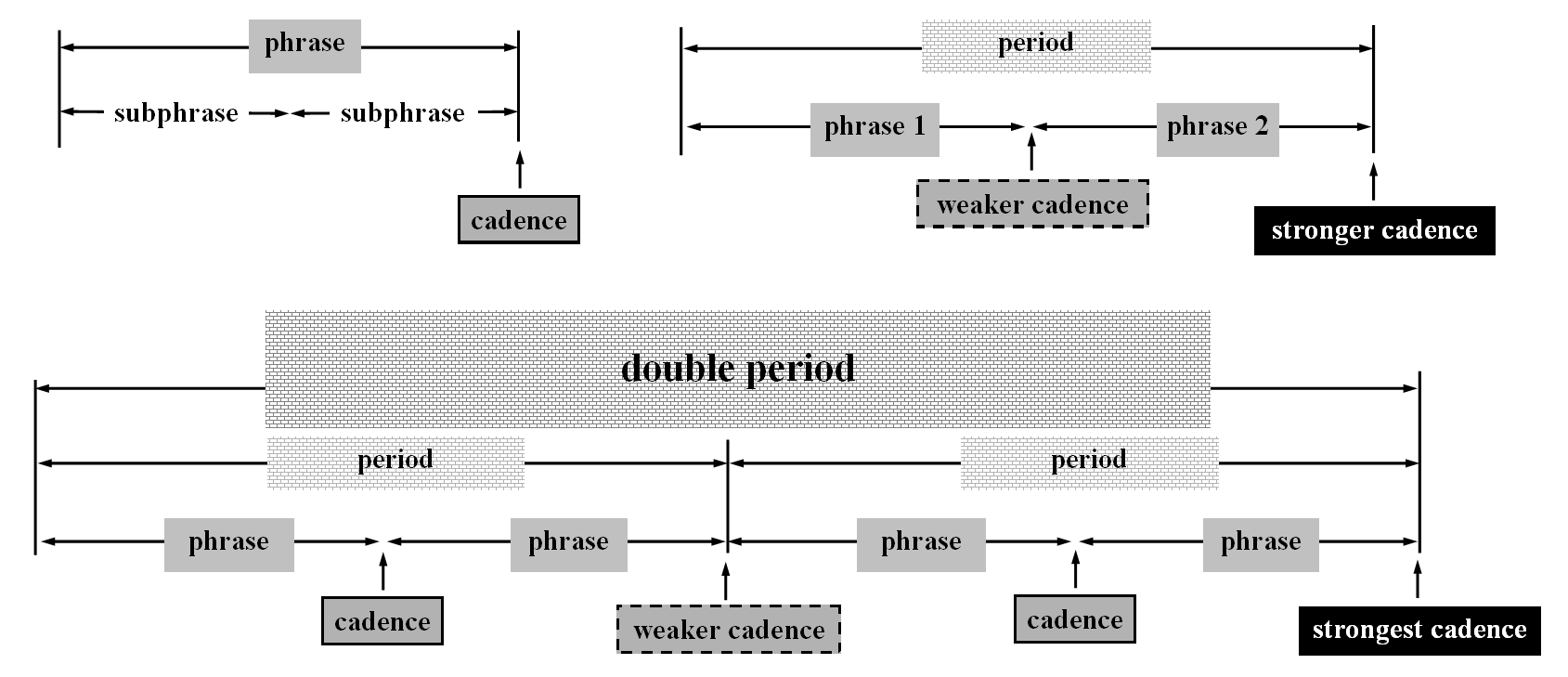Motives, Phrases, Periods
- or, how to build a house with music

How is music like building a house? Individual notes are like the nails, screws, and fasterers that attach individual boards together - perhaps we could call these boards musical motives or subphrases. These boards are then attached together into frames, which might be thought of as phrases in music. Then these frames - phrases in music - are made into walls - periods in music - which create rooms, which might be like movements in music. Then lastly, all of the rooms are connected with floors, ceilings, and a roof, to make a house.
What a house might sound like if it was made of music.
This is rather like how a large form in music, such as a symphony, is constructed of multiple parts called movements. Unfortunately, we can't eat, sleep and live in a symphony (wouldn't that be fun?!), but our ears can, when they listen to these magnificent structures. This is how a composer such as Gustav Mahler could create symphonies that last more than an hour. (Though in his case, we might think of these more like a sprawling apartment complex than a simple house.)
- BASIC STRUCTURAL COMPONENTS
- Motive - smallest identifiable musical idea. Can be: 1. pitch pattern, 2. rhythmic pattern, 3. both.
- Phrase - relatively independent musical idea terminated by a cadence. Usually labeled with lower-case letters (a, b, c, etc.).
- Subphrase - a distinct portion of a phrase, not terminated by a cadence or too short to be relatively independent.
- Elision - last note of one phrase serves as the first note of the next.
- PERIOD FORMS
- Period - combination of phrases into a larger structural unit, typically 2 phrases in antecedent-consequent (question-answer) relationship established by a stronger cadence at the end of the 2nd phrase.
- Parallel Period - both phrases begin with similar or identical material.
- Contrasting Period - phrase beginnings are NOT similar.
- Three-Phrase Period (also called "Phrase Group") - 3 different phrases (antecedent-antecedent-consequent or antecedent-consequent-consequent as determined by the types of cadences).
- Double Period - 4 phrases in 2 pairs, with the cadence at the end of the 2nd pair being the stronger one.
- Repeated Period - not considered a "Double Period" because the cadences are not contrasting.
- Parallel Double Period - both pairs begin with the same melodic material.
- Contrasting Double Period - the melodic material beginning each pair is NOT similar.
- Phrase Group - several phrases which constitute a formal unit other than a period or double period.

